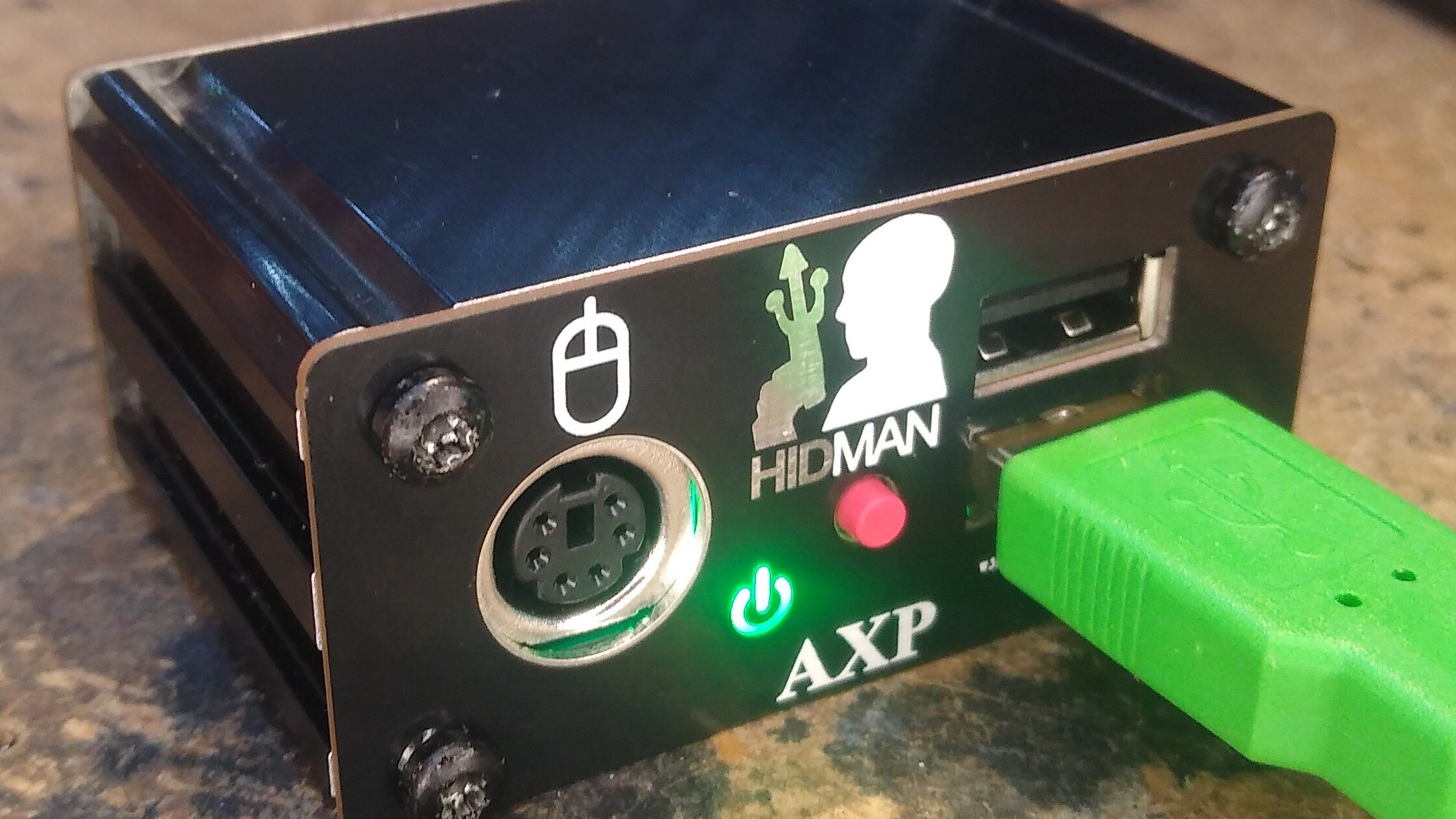
Earlier this week, open-source developer and YouTuber TheRasteri announced a single-PCB open-source USB to HID adapter project, the HIDman— aimed at providing a more compact solution to USB to HID adapters than existing, cited open-source solutions like USB4VC and ps2x2.
Besides the GitHub page outlining core information on the adapter, the HIDman release has also included a 22-minute YouTube video on TheRasteri's YouTube channel, including a detailed rundown of why and how the unit was assembled. Detailed setup information is also included in the video, and for users who want to just order a ready-made HIDman, the project is also available for purchase with or without assembly from PCBWay.
So, why is an adapter like this necessary? In short, many old PCs simply weren't made to interface with USB devices at all, and some simpler adapters may not even work properly, depending on keyboard or system. An all-in-one compatibility solution like HIDman or its contemporaries, then, becomes the obvious choice. The HIDman firmware is even already being used in the latest revision of the TinyLlama pocket DOS PC, TinyLlama2. TheRasteri also highlights a few even smaller HIDman variations made by others in the community, including one as small as an on-slot PS/2-to-USB adapter.
Even if you can use custom drivers and adapters to force USB support in old operating systems, using an adapter and simply opting for PS/2 input is the better solution, since those solutions are known to be more prone to crashes. This is why HIDman firmware is integrated into TinyLlama2, and why it and its contemporaries are so desirable to DOS enthusiasts.
Input devices supported by HIDman include nearly every modern USB mouse and keyboard, including those that are wireless via a USB dongle, and gamepads with support for HID input, like every USB PlayStation gamepad but no Xbox gamepad. Legacy input devices that HIDman can emulate serial mice with support for third buttons, PS/2 mice with support for up to 5 buttons, and a variety of classic keyboards and controllers, including the original line of IBM PC keyboards. While you certainly aren't getting support for RGB or full-blown 12-macro-key mice, you're still keeping a great deal of modern mouse and keyboard functionality intact on retro hardware here.







